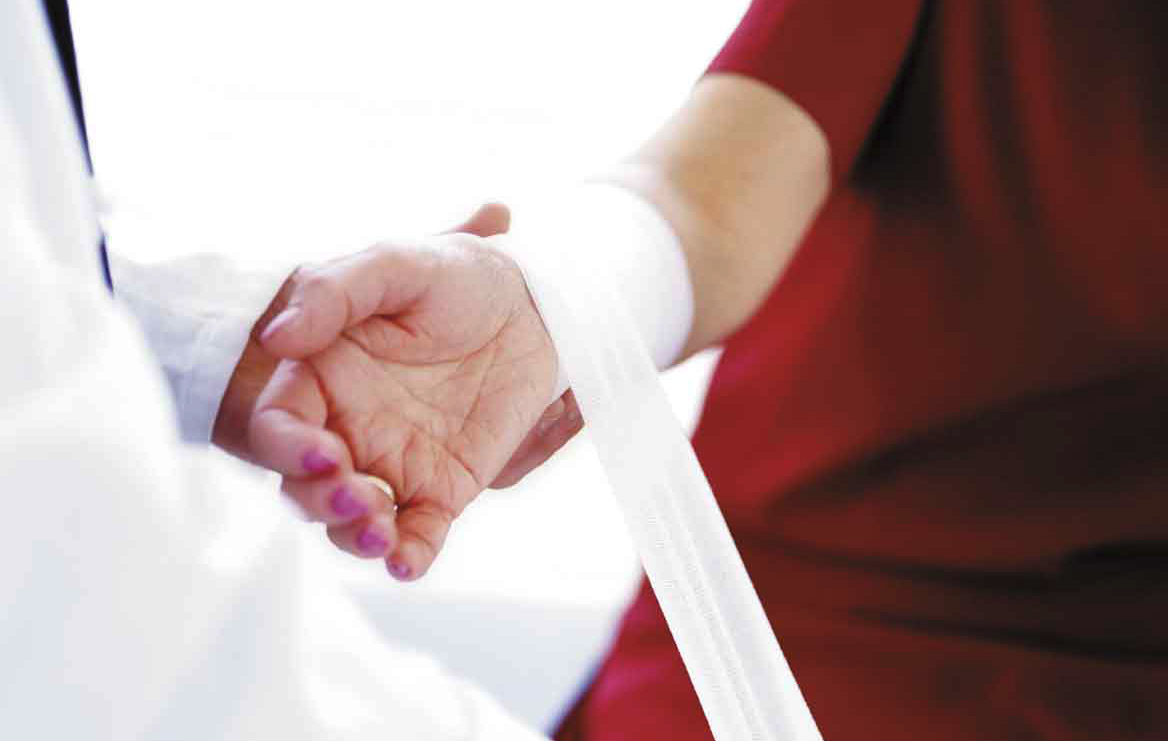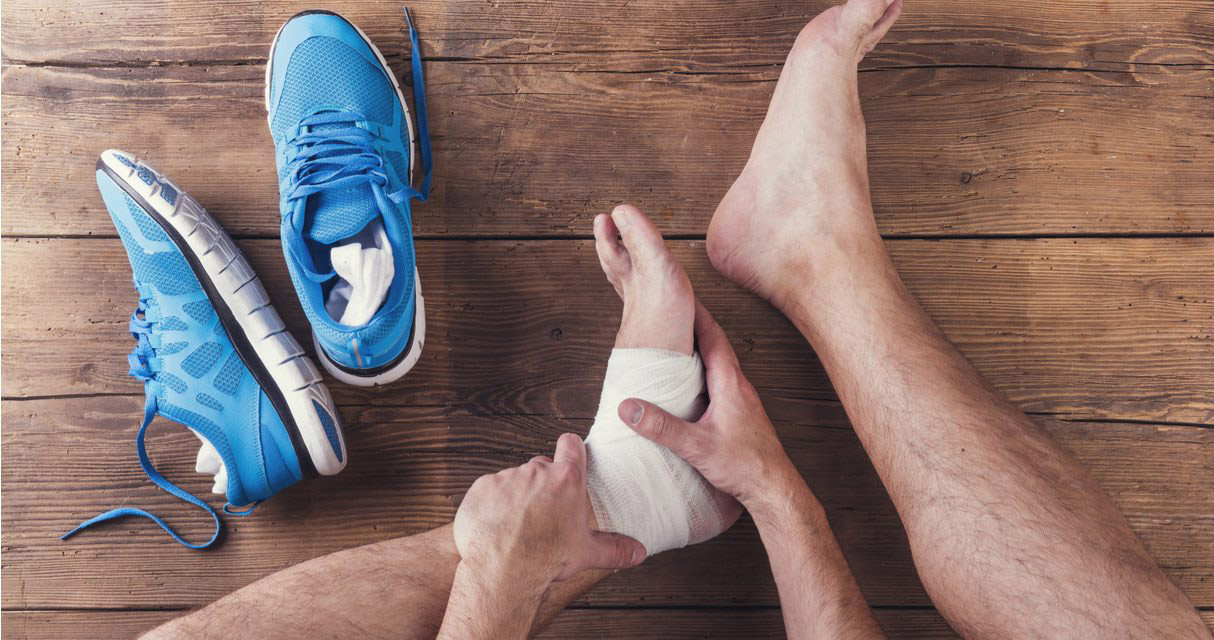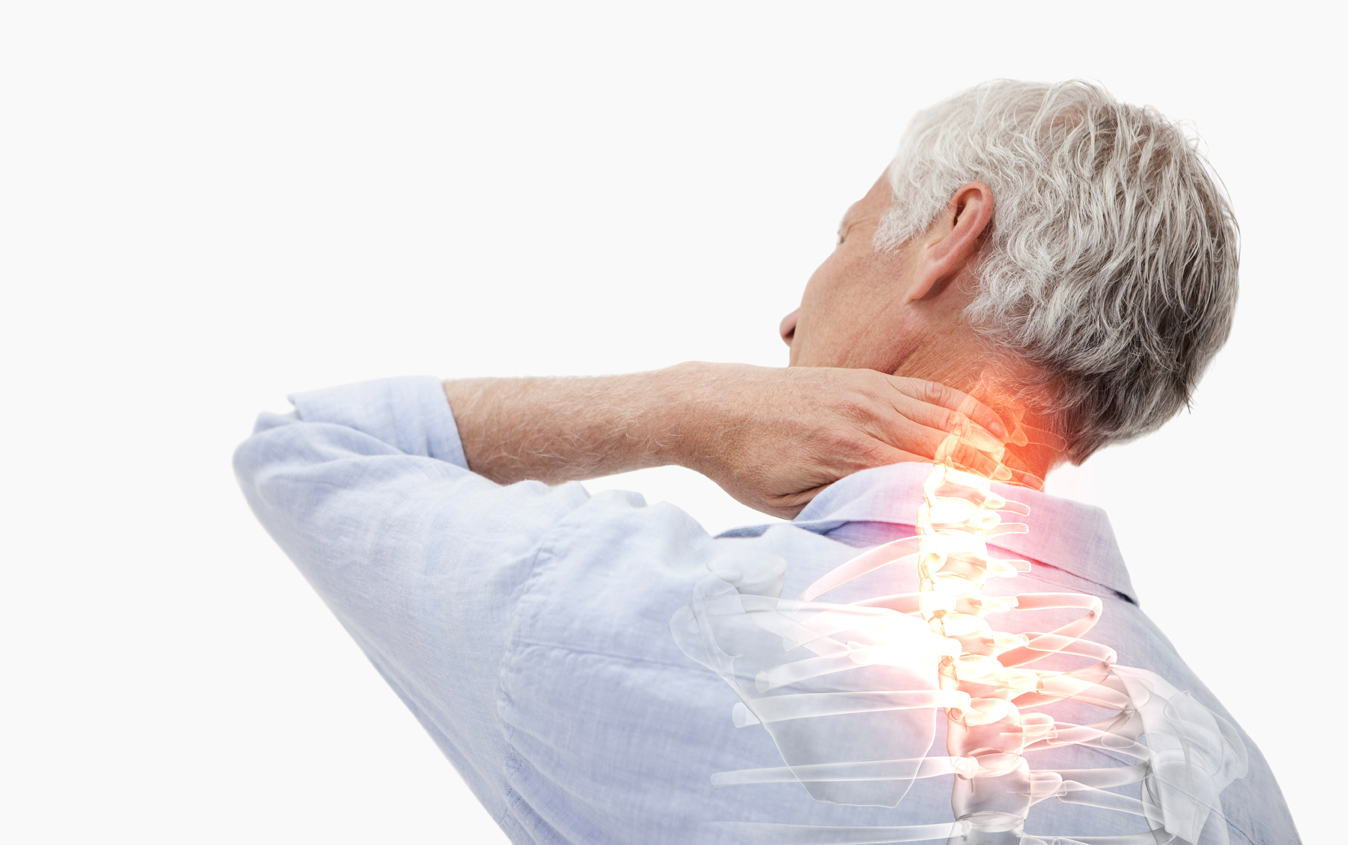[et_pb_section bb_built=”1″][et_pb_row][et_pb_column type=”4_4″][et_pb_text _builder_version=”3.13.1″]
If a bone is dislodged from the joint and does not return to its natural position, dislocation occurs.
The hip, knee, elbow, ankle and shoulder are some of the joints that most often suffer from dislocations. The human body has many joints that allow the mobility of the limbs, and are formed by the union of some bones with others by muscles, ligaments and other elements that fit perfectly, but sometimes one of these parts is separated from the other and not returns to its natural position, is what is called a dislocation or dislocation.
Sometimes it can be difficult to differentiate a fracture (which is the breakage of a bone) from a dislocation. However, both receive the same treatment in first aid, and will receive special attention when the health services determine the type of injury suffered by the patient.
Having the area swollen and bruised can be a clear symptom of the existence of a dislocation; in addition, acute and intense pain, especially when trying to move the joint or carry weight; If there is nervous involvement, the affected person will feel a tingling sensation and possible paralysis.
But in the case of a dislocation, being a more serious injury, it will also be observed:
- Deformation of the member, who adopts an unnatural stance.
- Impossibility to move the member.
- Possible serious damage to the ligaments, even if the use of surgery is necessary.
- Greater likelihood of future dislocations, since the ligaments are distended and it is easier for the joint to come back out.
It is important to follow certain steps that will serve to avoid unnecessary risks:
- Locate the affected joint. If the victim suspects that the back, neck or hip has been damaged, do not move it. Call the emergency number and wait for them to come, without leaving the victim at any time.
- Immobilize the member in the position in which it was found (without manipulation) with a sling or an improvised splint. The goal is for the member to move as little as possible, but observing that it is not too tight. In the case of subluxation, place the limb in a normal anatomical position and immobilize so that the patient is comfortable.
- If there are wounds, before immobilizing the limb, they should be cleaned and covered with sterile gauze or clean cloths.
- Apply local cold (ice, cold water bags) to reduce inflammation and pain.
- Leave the joint in absolute rest.
- Once the joint is secured, transfer the injured person to a hospital so that the relevant tests are carried out and the appropriate treatment is administered.
Always take care of your health with a unique and efficient service. Visit Pharmamedic.
[/et_pb_text][/et_pb_column][/et_pb_row][/et_pb_section]




